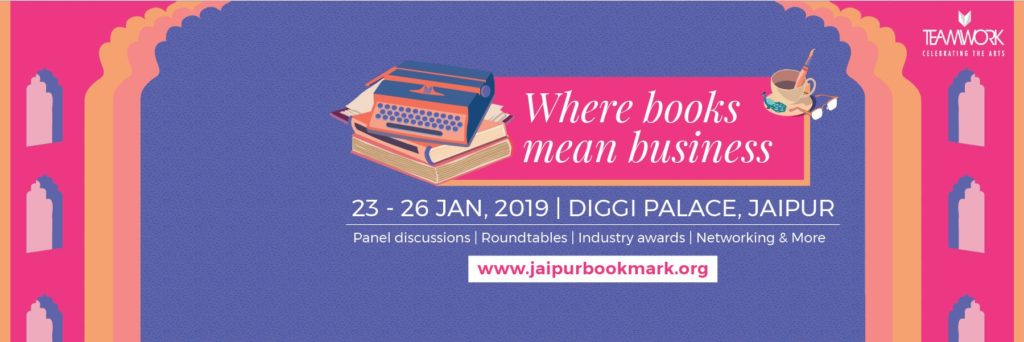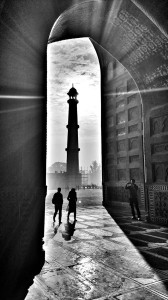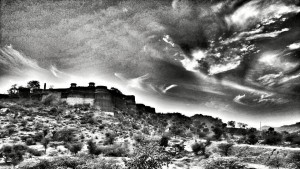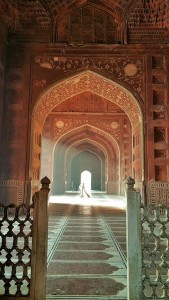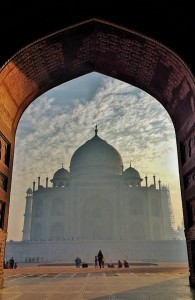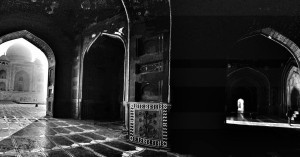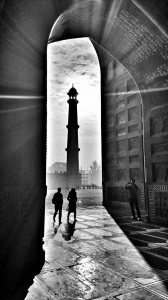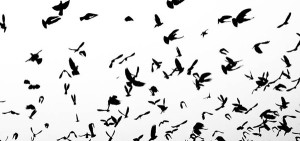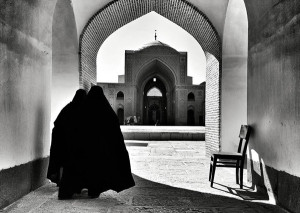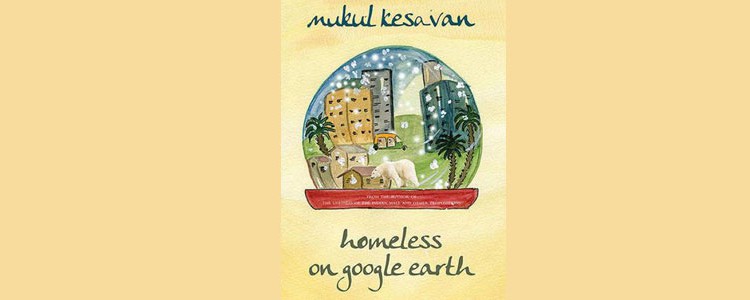Hilary Mantel and Kate Mosse
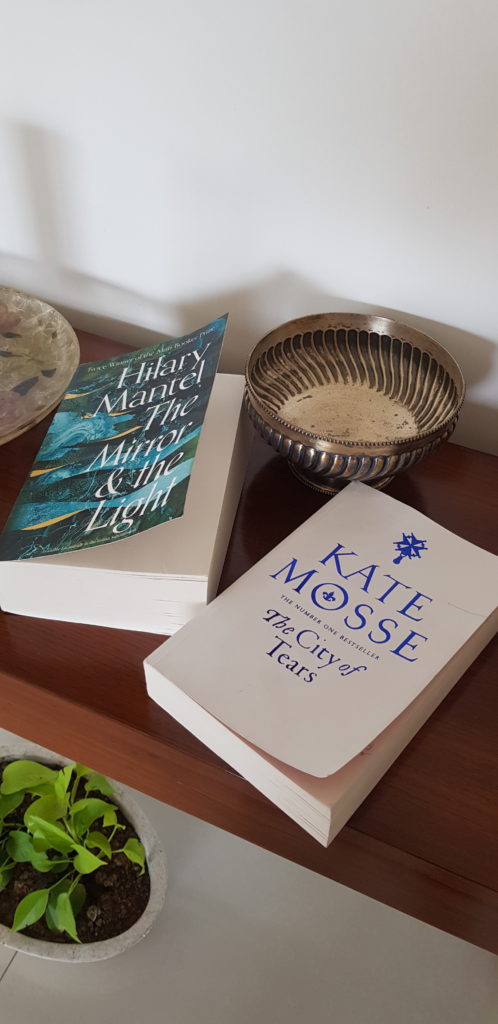
Historical fiction is always such a joy to read. If deftly created by an author with an informed imagination, then the pleasure of reading big fat tomes increases manifold. Two of the greatly anticipated books of this year arrived together — Hilary Mantel’s The Mirror and the Light and Kate Mosse’s The City of Tears. While Mantel’s book has already been released to great acclaim, Kate Mosse’s novel is due to be released at the end of May 2020. As expected The Mirror and the Light has been shortlisted for the Women’s Prize for Fiction 2020. ( The winner will be announced on 9 Sept 2020.)
Hilary Mantel’s The Mirror and the Light is the last in the trilogy about Thomas Cromwell. It is also the “fattest” volume of the three and was nearly eight years in the making. During the time Mantel was writing this particular novel, Wolf Hall ( the first in the trilogy) had been adapted for television.
The Mirror and The Light focusses on the final years of Thomas Cromwell. It begins with the execution of Anne Boleyn and concludes with Cromwell’s own execution. Many of these incidents are widely known even beyond the British Isles. It is a story that has gripped peoples imagination for centuries. But it is the manner of telling that is always new. Hilary Mantel’s interpretation of the incidents is entertaining as much has has to be imagined especially the conversations in private. It is a well-known fact that much of Thomas Cromwell’s papers were burnt at his request after his arrest. There are only snatches of correspondence and contemporary accounts that survive in different libraries and private collections. These have survived primarily because they belonged to others at the time of Cromwell’s death. To be historically accurate is a difficult proposition and this is where Hilary Mantel is able to exercise the creative freedom that a writer has to imagine scenarios. It is obvious that the author did spend a lot of time trying to be historically accurate as far as possible in terms of incidents, locations and other contemporary details. She makes a reference to it in this fabulous conversation with Pat Barker. Yet there were many moments while reading the novel that it made a lot of sense to dip in Revd. Prof. Diarmaid MacCulloch’s incredible biography called Thomas Cromwell: A Life ( 2019). As an English historian and academic in Oxford University, specialising in ecclesiastical history and the history of Christianity, Diarmaid MacCulloch spent more than six years researching and putting together details to recreate an astounding biography of Cromwell. So much so that even Mantel endorsed it saying “This is the biography we have been awaiting for 400 years”. For Diarmaid MacCulloch’s Thomas Cromwell’s role as an ally of Henry VIII who facilitated the split in the church to create the sects of Protestants and Catholics is fundamentally a religious action guided by political motivation. The inextricable link between Church and State cannot be ignored in MacCulloch’s account and it seeps through the telling of the history as well. (Here is a fascinating The British Academy 10-minute talk he gave on Thomas Cromwell.) Mantel too cannot ignore this link as it is the premise upon which Cromwell’s reputation as a powerful statesman and a member of the Royal Court resides. But it is her telling of the story that blurs these lines. Increasingly it seems with every page of this story that Mantel is very aware of two facts — 1) that she is writing this story for a modern secular audience for whom faith is only one aspect of a story and 2) her writing style is heavily influenced by different forms of storytelling. There are incidents in the descriptions of the crowds that gather in the streets for parades, to welcome the newest Queen or to watch a hanging, or in the conversations recounted, that always seem to be one step away from a script ready to be converted for a screen adaptation. Clearly Mantel’s loyalties lie more towards her readers than to the historical characters who have inspired her to write this award-winning trilogy. Her description of Cromwell’s execution is superb but the ghosts in the story make absolutely no sense. Diarmaid MacCulloch admits that Hilary Mantel and he may be writing about the same man but the differences are apparent — primarily because he is a historian and Mantel is a novelist. Even so a renowned critic as Daniel Mendelsohn was moved to say in his New Yorker review of the book that he had “started to wonder—a thought unimaginable during my reading of the first two books—whether this particular historical figure really merits nearly two thousand pages of fiction.” Daniel Mendelsohn “Hubris and Delusion at the end of Hilary Mantel’s Tudor Trilogy” ( 20 March 2020, The New Yorker)

Interestingly the founder of the Women’s Prize, Kate Mosse, has also released a historical fiction novel called The City of Tears. ( It is slated for release on 28 May 2020.) It is the second part of a family saga that is set in France, a little after Mantel’s Tudor trilogy, during the Wars of Religion. Mosse’s historical fiction series is going to be spanning three centuries detailing the lives of the Huguenots (Protestants) and the Royal family (Catholics) in France. According to Mosse it will travel from sixteenth-century France and Amsterdam to the Cape of Good Hope in the eighteenth and nineteenth centuries. The City of Tears is set at the time of the St. Bartholomew Massacre of 23 August 1572. It is an immensely readable account of the conflict between the two factions. The main characters whose story is narrated in this series are purely fictional but are a means to enter the period and recount the horrific events of the time. Many of the details would resonate with the modern reader for the sectarian violence and the refugees created. As Mosse states in her note that the “characters and families are imagined though inspired by the kind of people who might have lived ordinary men and women, struggling to live, love and survive against a backdrop of religious war and displacement. Then, as now.” It is a pleasure to read The City of Tears for it may be classified as commercial fiction and tells a fantastic tale of a family, love and tears with some swashbuckling action thrown in for good measure but through it all Kate Mosse is very clear that the events detailed are because of religious differences. The violence and the misery it brought in its wake was wholly unnecessary then as it is now. The City of Tears is a gripping tale that can easily be adapted to screen but none of it intrudes in the telling of the story as happens in The Mirror and the Light.
Nevertheless it has been a pleasure to read both the novels in quick succession. And I am glad I did!
3 May 2020

